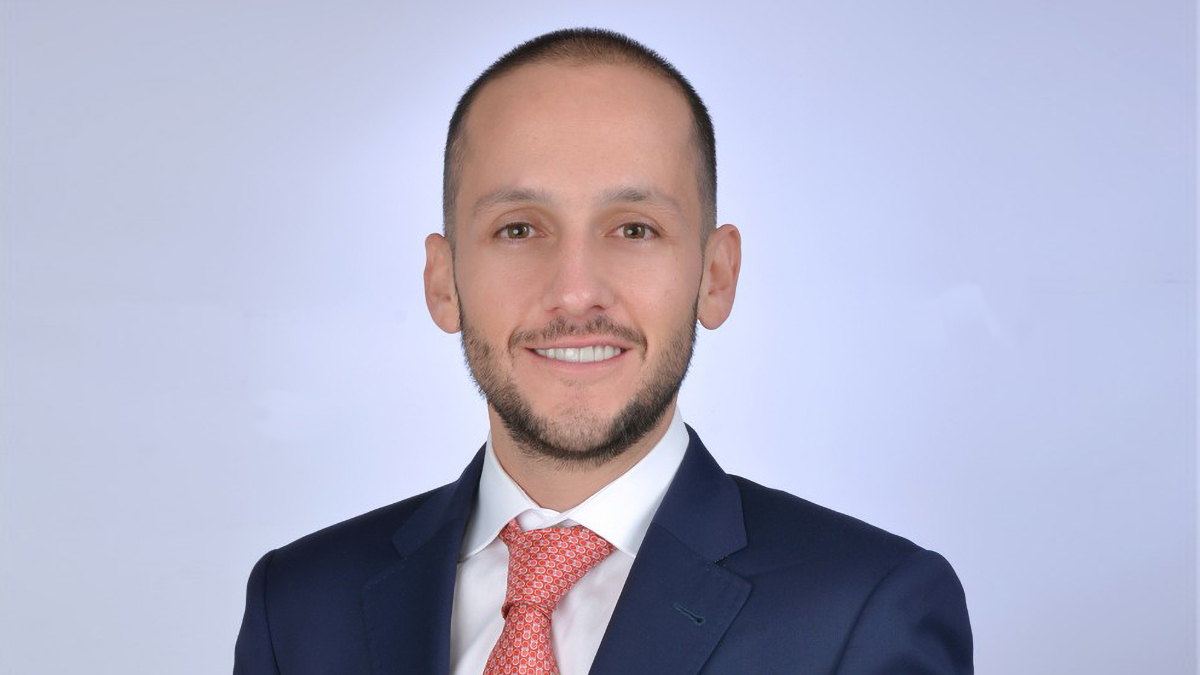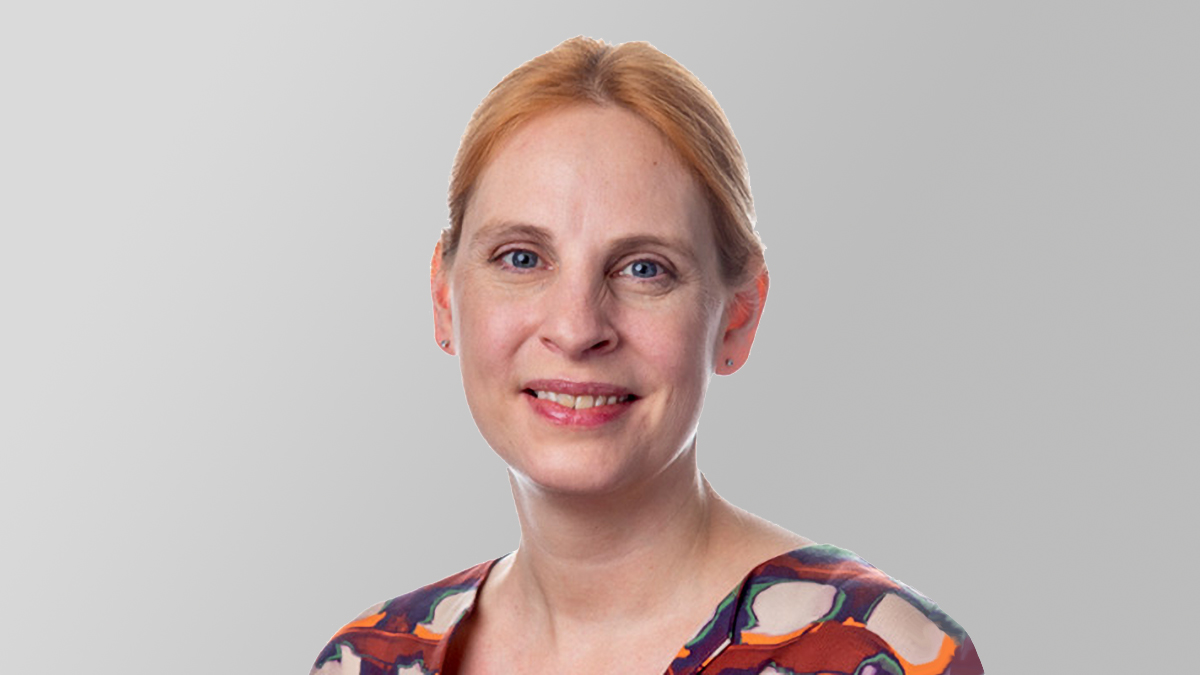Diversity of risk demands diversity of research: Gallagher Re
The Gallagher Research Centre is marking its first anniversary with a commitment to extending its reach far beyond natural catastrophe
The Gallagher Research Centre’s Tina Thomson and Iain Willis outline how academic partnerships can help unlock reinsurance capacity across product lines
The Gallagher Research Centre’s (GRC) latest partnership illustrates the increasingly nuanced and interconnected nature of risk, which requires drawing on a diverse range of expertise from outside the re/insurance sector.
The GRC was launched in September 2022 to foster collaboration between Gallagher Re and its academic partners and to bring cutting-edge research to the reinsurance broker’s clients.
Put simply, its aim is to access research and then to “translate it into something meaningful” for re/insurers, and ultimately society at large, the GRC’s global head of research, Dr Tina Thomson, says.
Forging links with academia is not a new endeavour for the sector, but more examples that “tangibly address” the growing complexity of risk are needed, she says.
The GRC’s newly signed partnership agreement with the Grantham Research Institute aims to address one such complex risk: climate litigation.
Dr Iain Willis, research director at the GRC, says this topic is becoming “increasingly critical” for re/insurers, particularly regarding reputational risk and directors’ and officers’ (D&O) liability.
The partnership will create litigation scenarios to help Gallagher Re’s clients anticipate what their “worst case” might look like. It will also examine current trends in litigation, Willis says, because a legal case in one country could have implications for another jurisdiction where no such legal precedent exists.
Just as risks are becoming more interconnected, academia is creating multidisciplinary centres for policy-relevant research and training, he continues. Created in 2008 by the London School of Economics (LSE), the Grantham Research Institute is one such example.
Practical applications
Partnerships with academia can also encourage lateral thinking.
The GRC’s recently published study with HR Wallingford on UK storm surge scenarios tries to determine the realistic impact of potential flood defence breaching for heavily insured areas along the UK coastline.
Thomson says: “A lot of the current models treat defence breaching on a very binary basis – will the defences hold or not? The reality is somewhere in between, as happened with UK floods in the winter of 2013, when more than 25 defences were breached, even though most areas were protected.”
Academia is not wedded to theory, she stresses.
“One of the benefits to our academic partners of working with us is their research funding requires real-world application. That’s a win-win situation because we can then advance innovation in reinsurance backed by the most robust and current research to help our clients,” she says.
‘Climate models are built on the last few decades of data, but the climate has changed so much in that time and we have what we call ‘non-stationarity’ issues. The point is, we need to understand not only what might happen in the future, but what risk looks like now. For that, historical data remains really important’
Iain Willis
Gallagher Research Centre
These partnerships also serve to fill any gaps in experience. For example, unexpected hikes in inflation set the tone of the 2022 meeting of reinsurers in Monte Carlo because inflation is not necessarily a deep area of expertise among most brokers and underwriters, Willis adds.
That is why the GRC has been working with a macroeconomist at the London School of Economics on a series of articles about the global macroeconomic outlook and how it may affect re/insurers.
“It’s important to understand the potential trajectory of inflation and interest rates because it will impact all the different lines of re/insurance business, from life and health to property,” Willis says. “It was really helpful for us to learn from our research partner the dynamics of what drives inflation in the US versus the UK and the eurozone and on central bank strategies to raise interest rates to combat inflation.”
Contemporary risk
The GRC also has a partnership with Tōhoku University in Japan to improve the quantitative assessment of tsunami risk.
“It’s been 12 years since the Tōhoku earthquake and tsunami and we are working to understand the contemporary risk of tsunami from the premier research institution on that topic, the International Research Institute of Disaster Science at Tōhoku University,” Willis says.
“Continued research into natural catastrophe perils remains vital,” says Thomson, “as demonstrated through the societal risk these large disasters pose around the world.”
The devastating news of the magnitude 6.8 earthquake that occurred in central Morocco on September 8 demonstrates the importance of risk quantification and mitigation that facilitates the financial support for the rebuilding and recovery in the aftermath, Thomson continues.
“Gallagher Re is proud to be at the forefront of parametric solutions that help our clients and enable much-needed financial relief to the impacted communities,” she adds.
Willis also stresses the importance of contemporary risk levels, arguing dismissing the value of historical climate models – because they do not reflect future risk – would be dismissing a valuable part of understanding how risks are evolving.
‘The GRC is expanding beyond the natural catastrophe realm and looking at all lines of business because, for us, it’s about listening to the needs of the industry and of our clients’
Tina Thomson
Gallagher Research Centre
“Climate models are built on the last few decades of data, but the climate has changed so much in that time and we have what we call ‘non-stationarity’ issues. The point is, we need to understand not only what might happen in the future, but what risk looks like now. For that, historical data remains really important.”
For that reason, the GRC works closely with its climate and environmental, social and governance (CESG) colleagues to identify the research needs, Thomson adds.
“Our partnerships are there to answer specific questions because there’s a huge amount of uncertainty since there is no single climate model that will give the correct answer,” she says.
She continues: “Understanding trends in temperature and how the atmosphere can hold moisture and thus influence the likelihood of precipitation that can lead to flooding can enable a more accurate assessment of the risk of floods, but windstorm-related perils are a lot more uncertain because of the complex interplay of different weather phenomenon and factors.
“On the other side of the coin, the exposure to risk changes with amendments to building codes, which is another area where research is useful.”
Defining perils
Thomson and Willis stress the importance of regulators, particularly the UK’s Prudential Regulatory Authority, on climate stress testing.
“Some of what we’re experiencing is climate attribution,” Thomson says, “because not every risk is necessarily linked to climate change.”
The sector’s view of peak and secondary perils is also changing, Willis says. “Those who have experienced major losses from flood – a secondary peril – would argue it’s the peak peril in some countries,” he says.
The concept of secondary peril comes from reinsurers, Thomson continues. “If you’re a primary insurer, you want to understand all risks at the point of underwriting, but reinsurers, who look at higher attachment points and mitigating the tail, would mostly look at the main perils because they are the ones that trigger a reinsurance payout.”
The huge insured losses caused by Hurricane Ian focused minds throughout 2023 renewals, Thomson says, and the GRC’s research into all weather-related perils aims to support the most prudent placement of risk. There is a problem, though, she adds, from outdated models “overstating” risk when compared with the latest research.
“A good example of this is pan-European earthquake risk, for which the GRC’s latest research showed there was more margin for reinsurers to underwrite that risk and provide capacity,” Thomson says.
Willis adds the nature of risk is increasingly one that “cascades”, giving the “transitioning” of societies because of climate policy as an example. It is for that reason the “siloed” approach to product lines can be restrictive, he adds.
“There will be stranded assets because some industries won’t exist 30 years from now and that’s why we created our CESG team. It’s about unlocking capacity, which is often constrained at the moment, through research programmes that help us understand the risk so we can not only price it better but also price it sustainably.”
Thomson says: “The GRC is definitely expanding beyond the natural catastrophe realm and looking at all lines of business because, for us, it’s about listening to the needs of the industry and of our clients. Gallagher Re had been working with academic partners for more than 15 years before the GRC was established, but now we want to diversify a lot more in terms of themes and topics.
“It’s through the promotion of the interconnectedness of research, of the cross-fertilisation of expertise that the reinsurance sector will stay relevant.”



